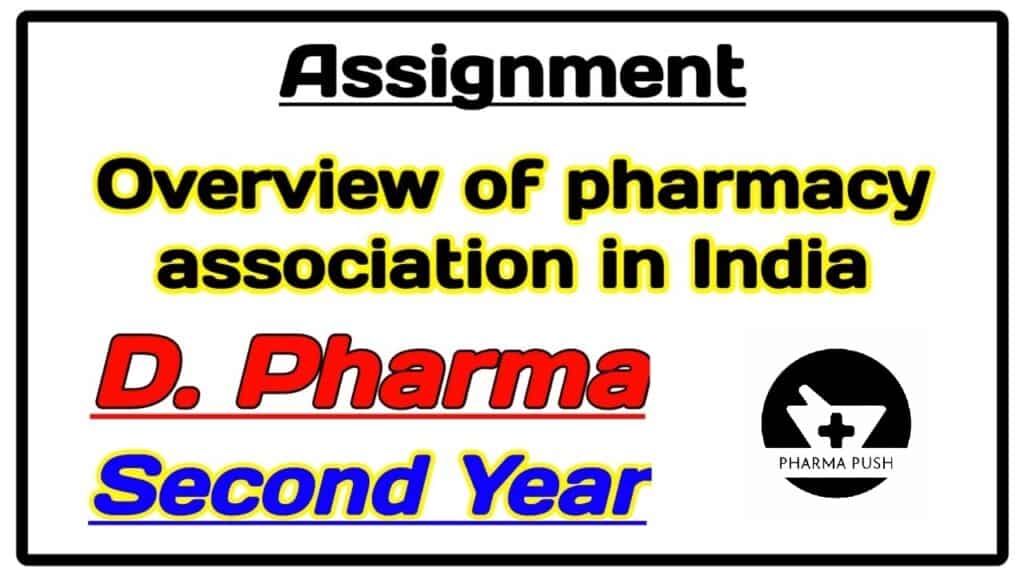Abstract
Over the years, India has developed a strong capability in producing quality branded and generic medicines in most of the therapeutic categories, evolving from a mere Rs 1,500 crores industry in 1980 to a more than Rs 1,19,000 crores industry in 2012. However, although these medicines are reasonably priced, as compared to the prices of their equivalent medicines in most other countries, yet a large population of poor people in the country find it difficult to afford the more expensive branded category of medicines.
Medicines in almost every therapeutic category are sold primarily as branded drugs, at disproportionately high prices. There is still a large section of the population which finds it difficult to afford these high-priced medicines. According to World Health Organization estimates (2008), 65% of India‟s population does not have access to modern health care. Since 80% of out-patient care and 60% of in-hospital care occurs at private hospitals in India, households are exposed to a private-sector market to buy drugs (Public Health Foundation of India, 2012). According to NSO estimates, upto 79% of health care expenses in rural areas are due to the cost of medicines.
This problem gets further aggravated as almost 80% of expenditure on health care is borne by the patients themselves. Thus, access to low-priced generic drugs is very critical in ensuring health care at affordable prices.
Introduction
With a view to achieve the objective of making available quality generic medicines at affordable prices to all, „Jan Aushadhi Scheme‟ was launched by the Department of Pharmaceuticals, Ministry of Chemicals & Fertilizers, Government of India in November, 2008 across the country. The Scheme is being implemented through the Bureau of Pharma PSUs of India (BPPI), under the administrative control of the Department of Pharmaceuticals, Ministry of Chemicals & Fertilizers, Government of India.
In September 2015, the ‘Jan Aushadhi Scheme‘ was revamped as “Pradhan Mantri Jan Aushadhi Yojana” (PMJAY). In November, 2016, to give further impetus to the scheme, it was again renamed as “Pradhan Mantri Bhartiya Janaushadhi Pariyojana” (PMBJP). Accordingly, ‘ensuring availability of quality medicines at affordable prices to all’, has been a key objective of the Government
The Salient features of the Jan Aushadhi Scheme are:
- Making quality medicines available at affordable prices for all, particularly for the the poor and disadvantaged, through specialized outlets called the Jan Aushadhi Stores (JAS).
- Provision of built up space for JAS in district hospitals by the State Governments.
- Operation of JAS by the State Government nominated Operating Agencies like NGOs, Charitable Organizations and public societies like the Red Cross Society and Rogi Kalyan Samitis, constituted for the purpose.
- Meeting the operational expenditure from the trade margins admissible for the medicines.
- To ensure prescription of generic medicines by the Government doctors with proactive support from the State Governments.
You may Like: Overview of Pharmacy associations in India
The Key objectives of Jan Aushadhi Scheme are:
- To make quality the hallmark of medicines by ensuring supplies from the Central Public Sector Undertaking (CPSUs) and also through other Public Sector Undertaking (PSUs) and Good manufacturing practices (GMP) compliant manufacturers in the private sector.
- Extend coverage of quality generic medicines, which would reduce and thereby redefine the unit cost of treatment per person.
- Provide access to any prescription drug or Over the Counter (OTC) drug in all therapeutic categories as generic equivalents, which is not to be restricted to the beneficiaries of Public Health System alone but also to serve others.
- Create awareness through education and publicity that quality is not synonymous with high price.
- Involve State governments, Central Government, Public Sector Enterprises, Private Sector, NGOs, Cooperative bodies and other institutions since it is a public welfare programme.
- Develop a model which can be replicated in other countries of the world, in pursuit of their common goal of achieving affordable quality health care.
Benefits of the Jan Aushadhi Scheme Campaign
The Jan Aushadhi initiative makes available quality drugs at affordable prices through dedicated stores selling generic medicines which are available at lesser prices but are equivalent in quality and efficacy as expensive branded drugs. Some comparative advantages are:
- Promote greater awareness about cost-effective drugs and their prescription.
- Make available unbranded quality generic medicines at affordable prices through public private partnership.
- Encourage doctors, more specifically in government hospitals, to prescribe generic medicines.
- Enable substantial savings in health care, more particularly in the case of poor patients, and those suffering from chronic ailments, requiring long periods of drug use.
CONCLUSION
The Jan Aushadhi Campaig is a self sustaining business model not dependent on government subsidies or assistance. It is run in a Campaign Mission Mode on the principle of Not for Profits but with Minimal Profits. PMBJP seeks to keep product price within 50% of branded product price to make it affordable for all, especially the poor. It has resulted in substantial amount of savings for the people.
In the Budget Speech of 2016-17, opening 3,000 PMBJP Kendras was announced. As a result of the several actions and initiatives taken by the Government, 2060 PMBJP Kendras are functional in the 31 States/UTs of the country as on 27.07.2017.
This has resulted in substantial savings to common man as prices of generic medicines being sold in the PMBJP Kendras is lower by 50% to 90% of the equivalent branded medicines.
Reference
- Jan Aushadhi Scheme to make available quality generic medicines at affordable prices to all, PIB, dated: 21.07.2015
- “Sabka Sath Sabka Vikas” – Pradhan Mantri Bhartiya Janaushadhi Pariyojana (PMBJP), PIB, dated: 12.05.2017
- Jan Aushadhi Scheme: A New Business Plan, Department of Pharmaceuticals,, Ministry of Chemicals & Fertilizers, New Delhi, dated: 26.04.2013


